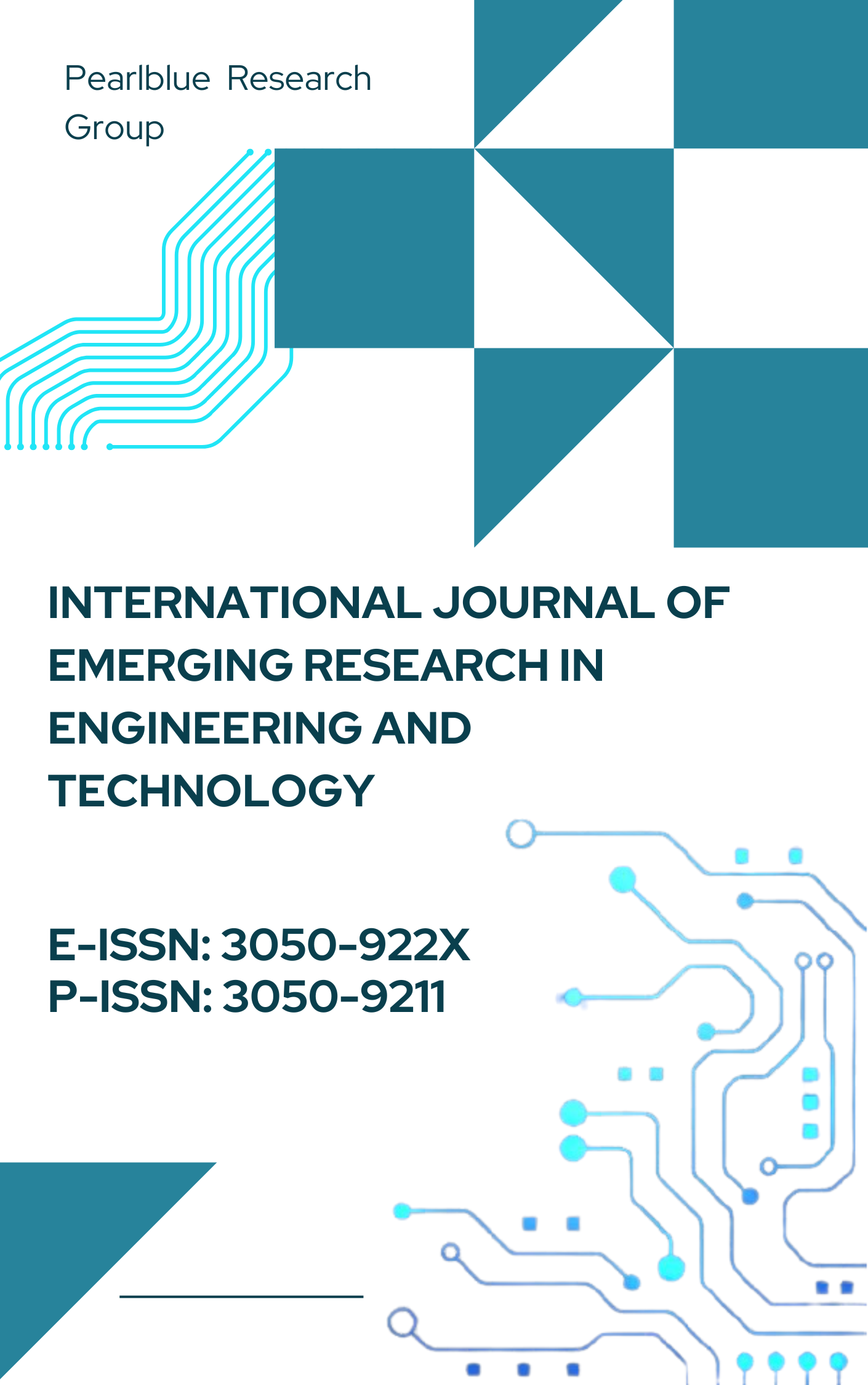Study of Quantum Hardware and Software Components for Developers to Build Quantum Applications
DOI:
https://doi.org/10.63282/3050-922X.IJERET-V6I3P115Keywords:
Quantum Computing, Qubits, Quantum Software, Quantum Hardware, Quantum Development, Quantum ProgrammingAbstract
Quantum computing is a new theory that holds untold potential to transform the way complicated problems are solved, especially in cryptography, optimization, and quantum chemistry. The paper provides an in-depth analysis of both hardware and software elements that support quantum computing, but concentrates on those that are of the most interest to the developers. We start by discussing quantum hardware, the mechanisms of operation of qubits, the technologies in operation, and the resulting issues of coherence and scalability. The discussion goes further to software stacks, which include quantum programming language, quantum-programming-language-related compilers, quantum-simulators, and quantum-programming-related cloud-programming platforms. Practical examples of quantum applications in the world of quantum and case studies are given to show the prevailing feasibility and shortcomings. Lastly, we set out to define a systematic approach that developers can use to get the best practices in place to start and progress in quantum application development work. Its purpose is to fill the gap between the theoretical possibilities and efficient applied implementation, making developers feel a gain of knowledge and an instrument that would allow them to connect and interact with this game-changing technology
References
[1] Arute, F., Arya, K., Babbush, R., Bacon, D., Bardin, J. C., Barends, R., ... & Neven, H. (2019). Quantum supremacy using a programmable superconducting processor. Nature, 574(7779), 505–510. https://doi.org/10.1038/s41586-019-1666-5
[2] Preskill, J. (2018). Quantum computing in the NISQ era and beyond. Quantum, 2, 79. https://doi.org/10.22331/q-2018-08-06-79
[3] Castro, A., Javadi-Abhari, A., Lidar, D. A., & Chong, F. T. (2021). ExaQute: A framework for programming quantum computers with application-centric abstractions. ACM Transactions on Quantum Computing, 2(2), 1–36. https://doi.org/10.1145/3461836
[4] Mohseni, M., Read, P., Neven, H., Boixo, S., Denchev, V. S., Babbush, R., ... & Martinis, J. M. (2020). Commercialize quantum technologies in five years. Nature, 543(7644), 171–174. https://doi.org/10.1038/543171a
[5] Singh, S., & Dev, A. (2022). Comparative study of leading quantum programming frameworks. International Journal of Quantum Information, 20(2), 2250001. https://doi.org/10.1142/S021974992250001X
[6] Cao, Y., Romero, J., Olson, J. P., Degroote, M., Johnson, P. D., Kieferová, M., ... & Aspuru-Guzik, A. (2019). Quantum chemistry in the age of quantum computing. Chemical Reviews, 119(19), 10856–10915. https://doi.org/10.1021/acs.chemrev.8b00803
[7] Wossnig, L., Zhao, J., & Severini, S. (2021). Building quantum applications: Interviews and insights from developers in the community. arXiv preprint arXiv:2106.14035. https://arxiv.org/abs/2106.14035
[8] Abraham, H., Akhalwaya, I. Y., Alexander, T., Barkoutsos, P., Bello, L., Bucher, D., ... & Gambetta, J. (2019). Qiskit: An open-source framework for quantum computing. Zenodo. https://doi.org/10.5281/zenodo.2562110
[9] Wang, Y., Sung, K. J., Ding, Y., Tian, Y., & Zhang, S. (2023). Teaching quantum computing: A practical guide for educators and developers. ACM Transactions on Computing Education, 23(1), 1–26. https://doi.org/10.1145/3571124
[10] Preskill, J. (2018). Quantum computing in the NISQ era and beyond. Quantum, 2, 79. https://doi.org/10.22331/q-2018-08-06-79
[11] LaRose, R. (2019). Overview and comparison of gate level quantum software platforms. Quantum, 3, 130. https://doi.org/10.22331/q-2019-03-25-130
[12] Häner, T., Soeken, M., & Svore, K. M. (2020). Software architecture for quantum computing. Nature Reviews Physics, 2(7), 360–362. https://doi.org/10.1038/s42254-020-0181-0
[13] Verdon, G., Broughton, M., McCourt, T., Martinez, A. J., & Mohseni, M. (2019). Learning to learn with quantum neural networks via classical neural networks. arXiv preprint arXiv:1907.05415. https://arxiv.org/abs/1907.05415
[14] Sehrawat, S. K., Dutta, P. K., Bhatia, A. B., & Whig, P. (2024). Predicting Demand in Supply Chain Networks With Quantum Machine Learning Approach. In A. Hassan, P. Bhattacharya, P. Dutta, J. Verma, & N. Kundu (Eds.), Quantum Computing and Supply Chain Management: A New Era of Optimization (pp. 33-47). IGI Global Scientific Publishing. https://doi.org/10.4018/979-8-3693-4107-0.ch002



